Linda May Han Oh often describes the improvisational exchanges between herself and her bandmates—whether the members of her current quartet or in the radically exploratory work she does as part of guitar wizard Pat Metheny’s current group—as “conversations.”
In fact, there is a particularly conversational tone that Oh takes when playing behind Metheny. Watching the Malaysia-born, Australia-raised, Manhattan School of Music-educated bassist play alongside Metheny at his Kennedy Center debut on June 12, she often sounded nothing like the standard jazz bassist; no repetitive root notes, no simple counting of time. She was still the band’s sure foundation, but she was providing support that was more copper than concrete. Her bass lines became solid yet malleable counter-melodies, an ideal base on which Metheny could build out his awesome musical skylines.
With her own groups, Linda May Han Oh employs a similar strategy as she leads from below. Playing alongside her current quartet, featuring Ben Wendel on saxophone, Matthew Stephens on guitar and Justin Brown on drums, she can control the band’s direction with the simple shift of a single note, opening up bold new roads of harmony, overtones and improvisational possibilities.
Her newest album, Walk Against Wind, sees her and the band walk a balance between improvisational freedom and compositions of the utmost musical sophistication and complexity. It leads to intense, intriguing improvisational conversations.
Oh continues to celebrate the release of Walk Against Wind with her quartet at Blues Alley this Monday, June 19. I spoke to Oh recently about her new album, how the French actor, activist and miming artist Marcel Marceau inspired its title and writing, and what kinds of conversations we can expect to hear as she guides the dialogue at Blues Alley.
CapitalBop: The title of your new album comes from Marcel Marceau’s mime routine, “Walking Against the Wind,” where Marceau mimes walking into a heavy wind, fighting the heavy force, as a metaphor for being resilient against those forces that seek to blow us down in life. Talk about that piece. How did you discover it? Why did it resonate with you so strongly at this point in your life and career?
Linda May Han Oh: I’ve been teaching for quite a while now, but particularly in the last several years or so I’ve been teaching a lot more classes and clinics. And I like to do some presentation — a keynote or a powerpoint — and one thing I like to include in some of these clinics is something that will inspire people to think outside the box. I think sometimes when you’re teaching within an institution, or the students you’re teaching are part of an institution, it can be very easy for the students to be bogged down in certain immediate goals, certain elements of the education process, such as combo placements, grades, that sort of thing. So there’s a clip of Marcel Marceau that I like to play, it’s of him basically miming and doing actions to an improvisational conversation between an alto saxophone and a trombone.
I play it for several reasons: It’s a beautiful representation of how music can be interpreted in a non-verbal way and you an kind of see the non-verbal communication between the alto sax and the trombone. But also because Marcel Marceau was a very interesting man who used his talent to help people; he was very good with his hands, he was a good drawer. He actually helped reconfigure identification cards for young Jewish children during the second World War and used his talent at entertaining and miming to help get these kids into safety. It’s an inspiring story but also shows how improvisation in music can be displayed through movement.
CB: A lot of what I hear across Walk Against Wind is how conversational and how, in some ways, vocal it is. It seems like a lot of the melodies between Ben Wendel on sax and Matt on guitar are very conversational. Am I off-base? Did the idea of “conversations” inform the writing of the album?
LMHO: You’re correct in saying that a lot of these pieces there’s definitely room for conversation, collective improvisation. I think everyone on the record are such strong musicians and improvisers, so why not give them the space to do that? Ultimately, in my mind I try to have a sense of balance in my writing so that there is space for that conversation but there’s still a clear composition and clear elements that I want to get out. So there’s often a balance of composition with intricate arrangements or intricate melodies, with sections that can allow the musicians to drive.
There are those kinds of elements built into the pieces, but in different ways. Each tune is very different. Some of the conversations are very open and there’s very little to no structure where everyone can open up and create their own direction. But then there are the pieces like “Perpuzzled” or “Deep Sea Dance” where there’s a clear thread and framework, and even though there is a collective improvisation over top.
CB: You talk about there being a more open structure on these tunes. I noticed there was a much more free sound, a kind of atonal edge, than on your previous records. Was that an intentional shift or more reflective of how these musicians chose to “speak”?
LMHO: Well, you know, it was necessarily my intention to have more free elements, it just was more depending on the piece, different ways to have those conversations. Take a tune like “Deep Sea Dancers.” There’s one melody that is played throughout the entire piece, even though everyone is improvising and conversing over it, and having their own say. The melody goes throughout; there’s never a point where the melody is not being played. Or like “Perpuzzled,” which has a clear framework, it’s more of a puzzle that the musicians have to navigate while having this conversation together. But then you’ll take a piece like “Walk Against Wind,” where it’s a kind of dense section opens up into an open bass solo. On the whole I wanted to balance intricate compositions with freedom. Everyone’s a strong improviser and no one’s necessarily known for “free improvisation’ but they’re incredible musicians I like to converse with. And I like that uncertainty sometimes, at certain points, where there is collective improvisation.
CB: One of the things I thought about while listening to Walk Against Wind, was the word “momentum.” You have songs with a lot of different parts, almost like mini-suites. Can you talk about that, the movement and the motion in the record?
LMHO: I think every musician thinks about how they’re going to put forth a collection of pieces, whether it be on an album or in a set list. Every musician is also looking for different ways to get their music across to the audience and to the listeners. There are certain intentional things with this album: starting off with something like “Lullaby” and creating this sense of comfort, in my mind — especially in the outro — and openness, kind of like the painting of a palette, in a way. And then moving on to something a bit more quirky and a little different with “Firedancer” and the bass melody and the scats, those hits from the saxophone, guitar and piano…. So I definitely thought about that.
A piece like “Firedancer” is very different from “Lullaby,” but there are certain elements that are continued on; for me, its kind of [like they’re] similar colors almost, but it’s a complete shift in mood. The piece itself is based on footage of a Brazilian firedancer dancing on the street with cars driving past; the bass melody was written based on the movement of the firedancer’s feet while the cars move past, those are those kind of short, stabby hit that happen with the rest of the instruments. I do like the movement of the way the pieces flow, that was something I thought a lot about. It has its own peaks and valleys.
CB: I was reading in your JazzTimes interview that you learned this Yamaha method of the piano where you assigned colors to notes and you mentioned before being inspired my Marceau’s work as a painter. When you write, does it feel more like formal music composition or is it maybe closer in process to painting?
LMHO: It differs from process to process, and I can try to use various different processes when I write. Yeah, there are definitely times when it feels more like painting because you can so easily change the colors with just one note. Something like “Deep Sea Dancers,” which is all in E-flat major, to me it’s a very dark green with some yellows. And I mentioned before how there’s a melody that gets played over and over and there’s never a time where there is no melody. The whole melody is all based on E-flat major, except for a couple of outliers notes which, to me is like having a painting that’s kind of primarily of greens and yellows with a little smudge here and there of something slightly different. I definitely think of keys and melodies — more so the harmony, the overall picture — as colors.
CB: Does visualizing music change how you hear music, in a way?
LMHO: I’d have to say yes. I mean, like I mentioned, the colors I associate with these pitches, those are very different from other people who might associate different colors as well. My sisters and brothers went through the same Yamaha training and I asked them what colors they associate with and they had totally different interpretations. My oldest sister even associated gender with certain colors; something like F might seem more like a young male type whereas A was clearly a mothering, strong female character in addition to the color. I saw a composer named Neil Harbisson do a talk in New York. He’s colorblind and he went so far as to drill an antenna into his head and the antenna actually makes different pitches when it interprets different colors, and he composes using that concept. But I’m sure if you speak to synesthetes, they all have different interpretations.
CB: I was interviewing another bass player, Miles Mosley, just a few weeks ago and he said something similar to you just now. He said one of his main attractions to bass was that, since all music, all harmony, really starts with the bass or root note, the bass is the most powerful instrument in the band and it can change an entire song with one note. Do you agree? Do you find a similar attraction?
LMHO: Definitely! I mean, the bass has a lot of power. And when you say that I immediately think of Ron Carter in the Miles quintet. There’s a lot of power in what the bass chooses to play and the change of a note can change the direction of the harmony entirely, and the rest of the overtones on top of that. The bass does have a lot of strength, and I do think about that when I’m writing and playing. I feel like a bassist has a lot of responsibility…. Whether or not it’s your music, with one note you can change the entire spelling, change a C major chord, for example, by playing an A, and it becomes an a minor chord.
CB: It seems like a lot of what you do as a bassist is not only provide that structure, that root, but also keep things interesting for yourself. How do you keep things interesting as a bassist? How do you prevent yourself from sliding into old, jazz stereotypes?
LMHO: You’re right in saying I do try to make things interesting and rather than always necessarily saying exactly what’s expected, I do try to change things up. Whether that means slight variations rhythmically or playing around with bass note/root note choices. It depends on the context and the conversation, and my relationship with the rest of the musicians matters most to me. A lot of their choices govern what I would do to have these conversations. So, in other words, these choices that I make won’t always necessarily be the same and would largely depend on what’s going on around me. I might vary things rhythmically or alternate the bass notes or change the harmony; what I like to try to do — and a lot of bass players do this — is to try and find some sort of voice leading and things that can help with the motion of the tune.
CB: Between you, Miles Mosley, Christian McBride, Thundercat and others, it seems like the bass is becoming more and more of a leading instrument in modern jazz. Why do you that is? Is this just a great time of innovators or have enough bass players and teachers paid their dues for the instrument to finally blossom as a leading axe?
LMHO: It’s hard for me to say. In my opinion, things evolve; everything evolves. Thanks to the bass players before me and these amazing leaders, who were great side-people as well as leaders, that kind of snowballs and inspires the rest of us to create — just as I hope the people coming up, who are younger than me, aspire for something different too. I think, perhaps, responsibilities and rolls are opening up as well, people are experimenting a bit more. Those musicians you mentioned are all kind of pushing things in their own way. I think it’s the natural evolution of things to keep pushing.

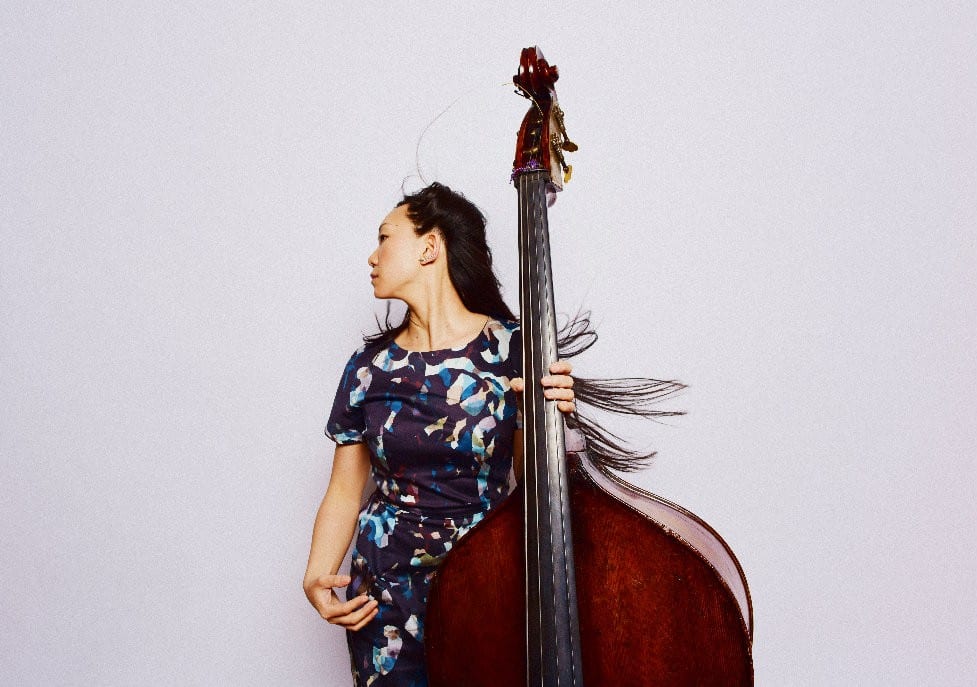
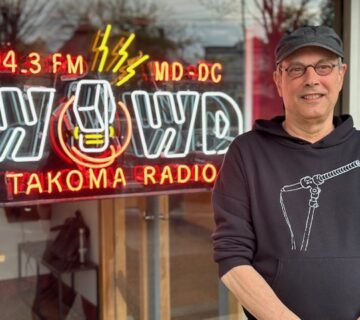
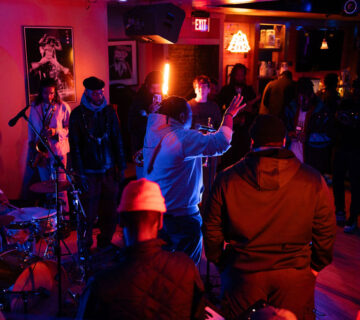
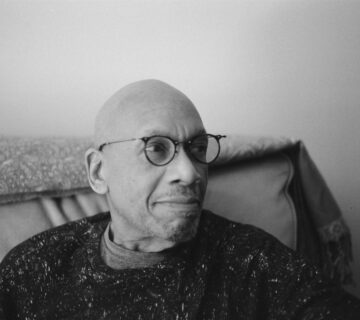
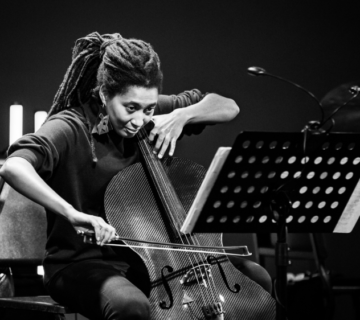

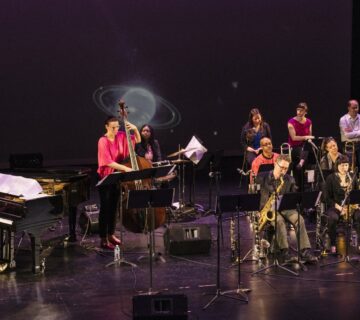
[…] the change of a note can change the direction of the harmony entirely,” she said in a recent interview with CapitalBop. “The bass does have a lot of strength, and I do think about that when I’m writing and […]